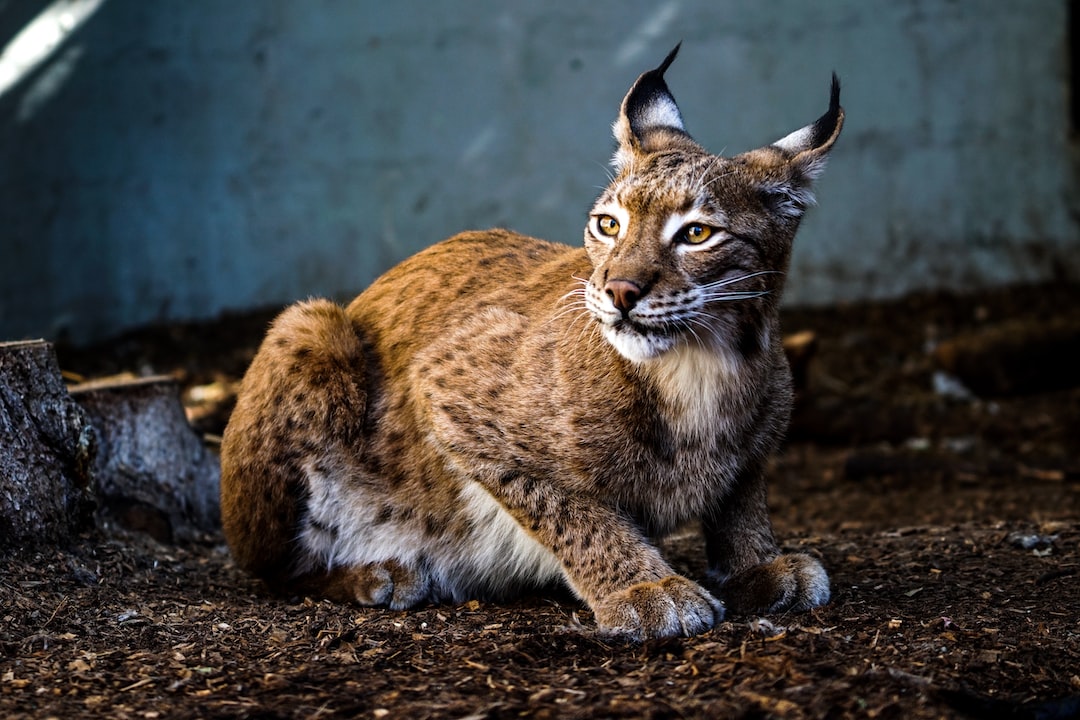The Curious Case of Animal Migration: Incredible Journeys Across the Globe
Have you ever wondered how birds manage to travel thousands of miles each year without getting lost? Or how some creatures can navigate vast oceans, guided only by instinct? The phenomenon known as animal migration has baffled scientists for centuries, and the incredible journeys undertaken by these creatures never cease to amaze.
Migration is a natural behavior observed in many species across the globe. It refers to the regular movement of animals from one place to another, usually to find better resources or suitable breeding grounds. Although migration patterns vary among different species, the underlying reasons behind these long and often hazardous journeys remain primarily the same.
One of the most well-known migratory species is the bird. Every year, millions of birds embark on incredible journeys across continents, traveling thousands of miles to reach their wintering or breeding grounds. Take the Arctic tern, for example, which holds the record for the longest migration in the animal kingdom. These small birds travel an astounding route of nearly 44,000 miles from their breeding grounds in the Arctic Circle to the Antarctic and back! They do this to take advantage of the endless summer experienced in both polar regions, maximizing their access to food and sunlight.
But how do birds navigate such vast distances without losing their way? It turns out that they rely on a combination of cues, including landmarks, the position of the stars, and Earth’s magnetic field. Some even possess an internal biological compass, allowing them to navigate accurately across continents. This remarkable ability is just one of the many marvels of the natural world, demonstrating the precision and adaptability of these creatures.
Birds are not the only animals capable of undertaking remarkable migrations. The monarch butterfly, for instance, completes an incredible round trip of up to 3,000 miles every year. The iconic orange and black butterflies migrate from Canada and the United States to the warmer climes of Mexico, where they hibernate during the winter months. Despite weighing only half a gram, these delicate insects manage to endure the treacherous journey, relying on their exceptional sense of smell and the position of the sun to guide them.
In the marine world, whales are renowned for their extraordinary migrations. Some species, such as the gray whale, travel over 5,000 miles each way between their feeding grounds in the Arctic and their breeding areas in the warm waters of Baja California. These gentle giants follow ancient migration routes ingrained in their collective memory, passed down from one generation to the next. They navigate using a combination of ocean currents, the sun, and even the Earth’s magnetic field. The dedication and precision exhibited by these magnificent creatures serve as a reminder of the interconnectedness of life on our planet.
The reasons behind animal migration are rooted in survival and reproductive success. By moving to different environments, animals can avoid harsh winters, find abundant food sources, or secure better breeding grounds. Migration allows these creatures to maximize their chances of survival and increase the likelihood of passing on their genes to the next generation. This remarkable behavior is a testament to the incredible adaptability and resilience of the animal kingdom.
However, the curious case of animal migration is not without its challenges. Human activities, such as deforestation, pollution, and climate change, pose significant risks to migratory species. Habitat destruction can disrupt established migration routes and deprive animals of crucial food sources. Climate change, on the other hand, alters temperature and weather patterns, leading to mismatches in timing and availability of resources. These factors can have detrimental effects on migratory species, threatening their survival and potentially disrupting delicate ecosystems that depend on their presence.
Understanding and protecting animal migration is crucial for the conservation of biodiversity and the preservation of our planet’s delicate balance. Efforts must be made to conserve critical habitats and ensure the availability of resources along migration routes. International collaborations and the establishment of protected areas can greatly contribute to safeguarding migratory species and their incredible journeys.
The curious case of animal migration remains a captivating topic that both scientists and nature enthusiasts continue to explore. From the skies to the depths of the oceans, creatures embark on incredible journeys, defying the odds and showcasing the wonders of the natural world. These migrations serve as a reminder of the beauty and fragility of our planet, urging us to take action and protect the incredible diversity of life that exists across the globe.

